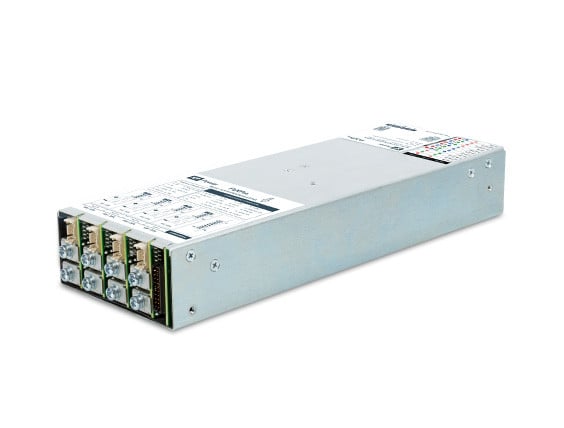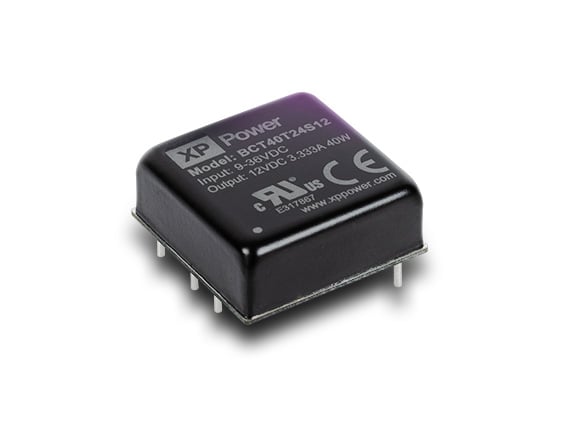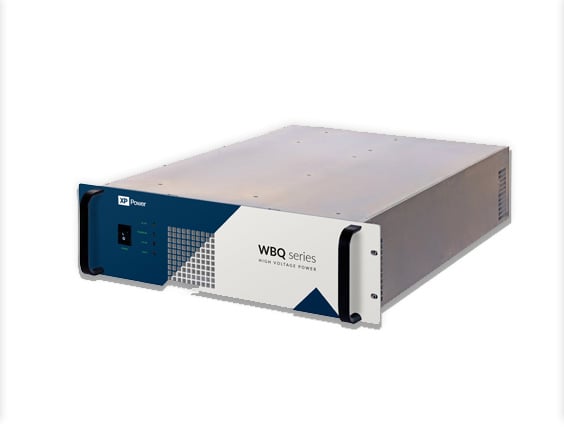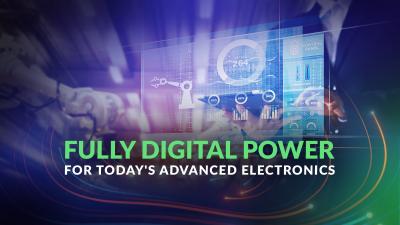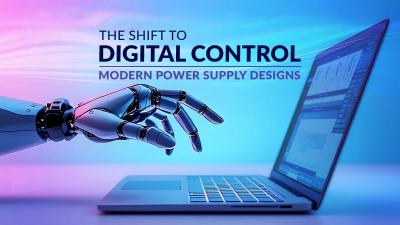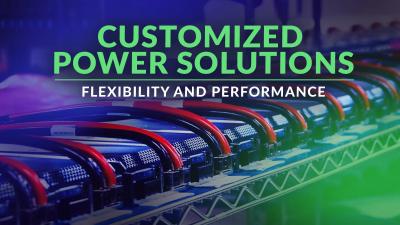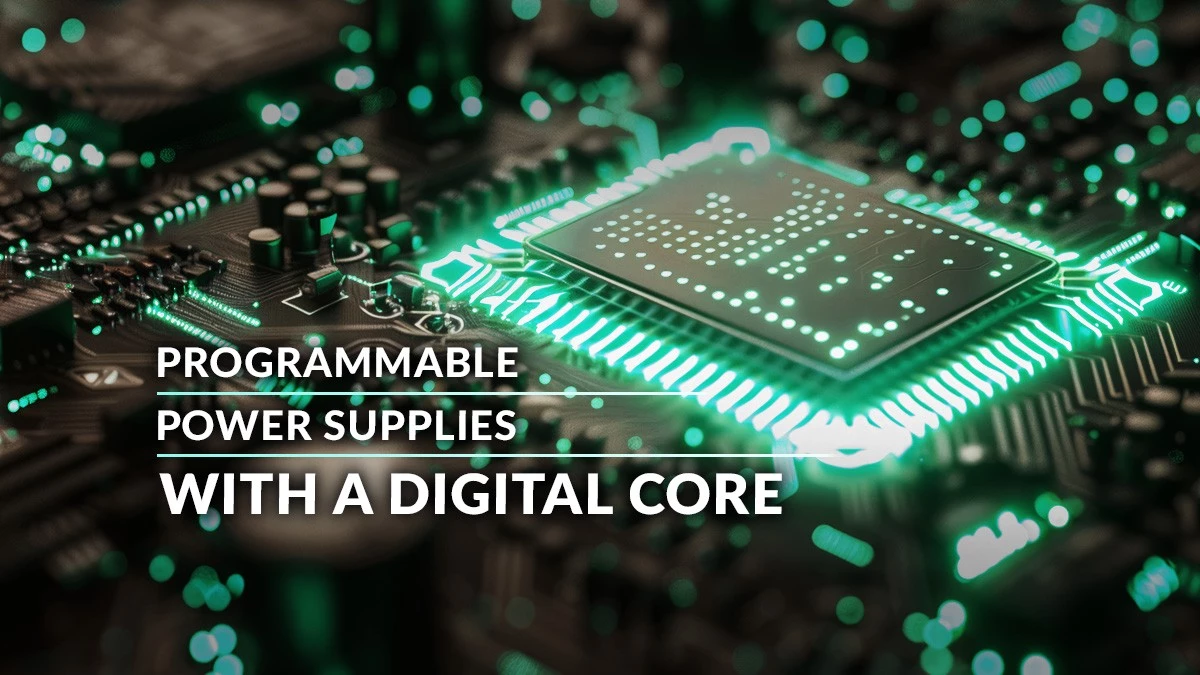
Our High Power/Low Voltage expert, Alan Hill, explores the user benefits of programmable power supplies equipped with a digital core.
Overview
- Power supplies with a digital core allow real-time adjustments and offer optimal response characteristics.
- Compared with analog designs, digital power supplies give superior performance.
- HPF3K0 application examples highlight the advantages of digital power supplies.
- Digital power supplies are proving to be versatile and cost-effective and can be operated remotely.
In the realm of modern electronics, the term 'digital' is ubiquitous, often indicating the presence of a microcontroller managing various tasks. This extends to power electronics, where terms like 'digital power' and 'software-defined power' have emerged in marketing. While some power conversion products offer digital interfaces solely for basic control and monitoring, the true potential unfolds when a power supply boasts a genuine 'digital core.'
Enhancing control loop compensation
Power conversion inherently relies on analog functions, necessitating significant energy storage in components like capacitors and inductors. To maintain a stable output voltage or current amidst changing conditions, a feedback control loop is vital. Traditional analog control methods, illustrated in Figure 1, involve comparing the target output with a reference and utilizing the error signal to generate a PWM to a power switch.
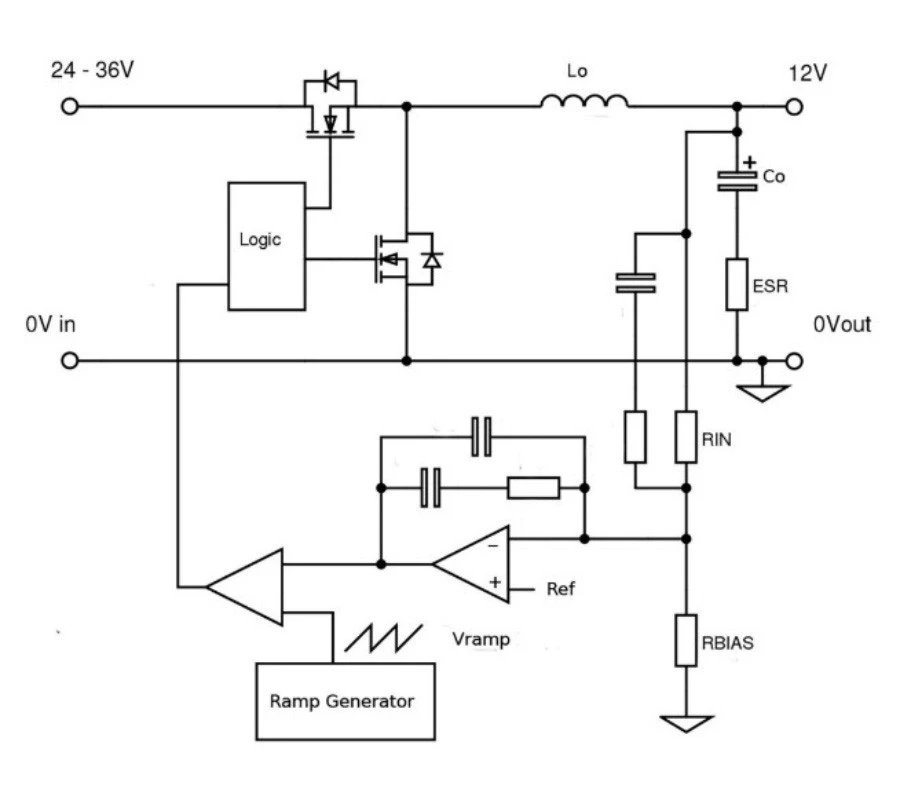
Figure 1
However, analog systems face challenges due to phase shifts of negative feedback, resulting in poor response characteristics.
In contrast, a power supply with a full digital loop control replaces the analog error amplifier with a processor, as depicted in Figure 2.
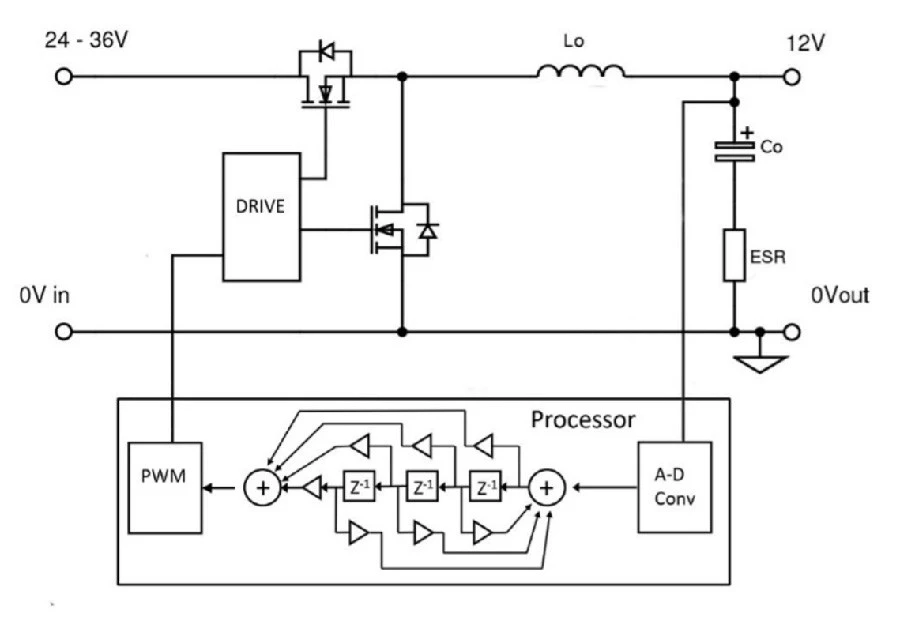
Figure 2
The digital approach involves feeding the target output to an A-D converter, creating a digital representation of the error, and manipulating it for optimal gain and phase response. Unlike analog compensation, digital compensation allows for real-time adjustments, offering precise control under various conditions.
The benefits of digital control
Digital control brings significant advantages, offering almost arbitrarily precise compensation characteristics. While analog control can deliver adequate performance under fixed conditions, it falls short when circuit parameters change. The compromise solutions found in analog designs may lead to suboptimal performance in certain conditions, as demonstrated in Figure 3.
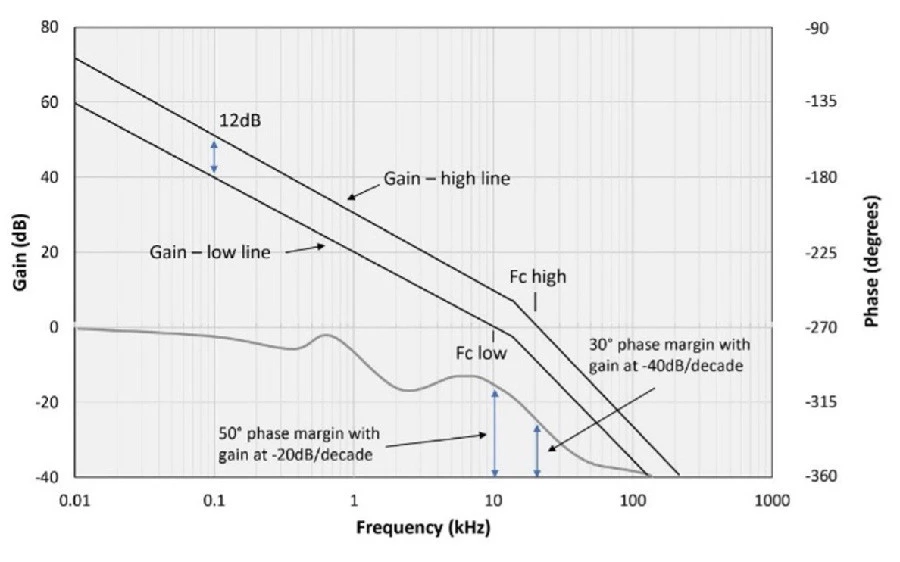
Figure 3
Digital control, on the other hand, allows for optimal compensation under all conditions, with on-the-fly adjustments if needed. This flexibility proves invaluable in scenarios like battery charging, where switching between voltage and current control is necessary. Additionally, digital power supplies can be easily integrated into larger process control loops, enabling field configurability for different applications.
Application examples highlight the advantages of digital power supplies
Sputtering and other pulsed DC applications typically use a capacitor bank to provide large bursts of energy. Charging and discharging this reservoir safely could be problematic, but the HPF3K0 includes programmable ramp functions. These can charge the capacitors at start up, with low stress to the PSU and load. With an incorporated active load, the PSU can also ramp down both the load and internal capacitance in a safe and controlled manner.
The combined features of the fast protocol CANopen include many control and monitoring options and unique addressing of up to 127 units on the bus prove useful in exciting electrolysis applications. In these we see each PSU driving a single electrode in the bath, delivering high precision, high-yield electroplating.
Summary
Digital control transforms power supplies by optimizing static and dynamic performance across a wide range of conditions. Whether in critical applications or more routine scenarios, the versatility of digital power supplies proves advantageous, potentially covering multiple use cases and reducing costs.
The ability to monitor and control these supplies remotely also enhances overall system efficiency, especially when integrated into larger process control loops. By embracing programmable power supplies with digital cores, we’re opening the door to a new era of enhanced performance and adaptability in diverse applications.
Find out more about our digital, programmable power solutions that are fully scalable for integration into a diverse range of applications.
